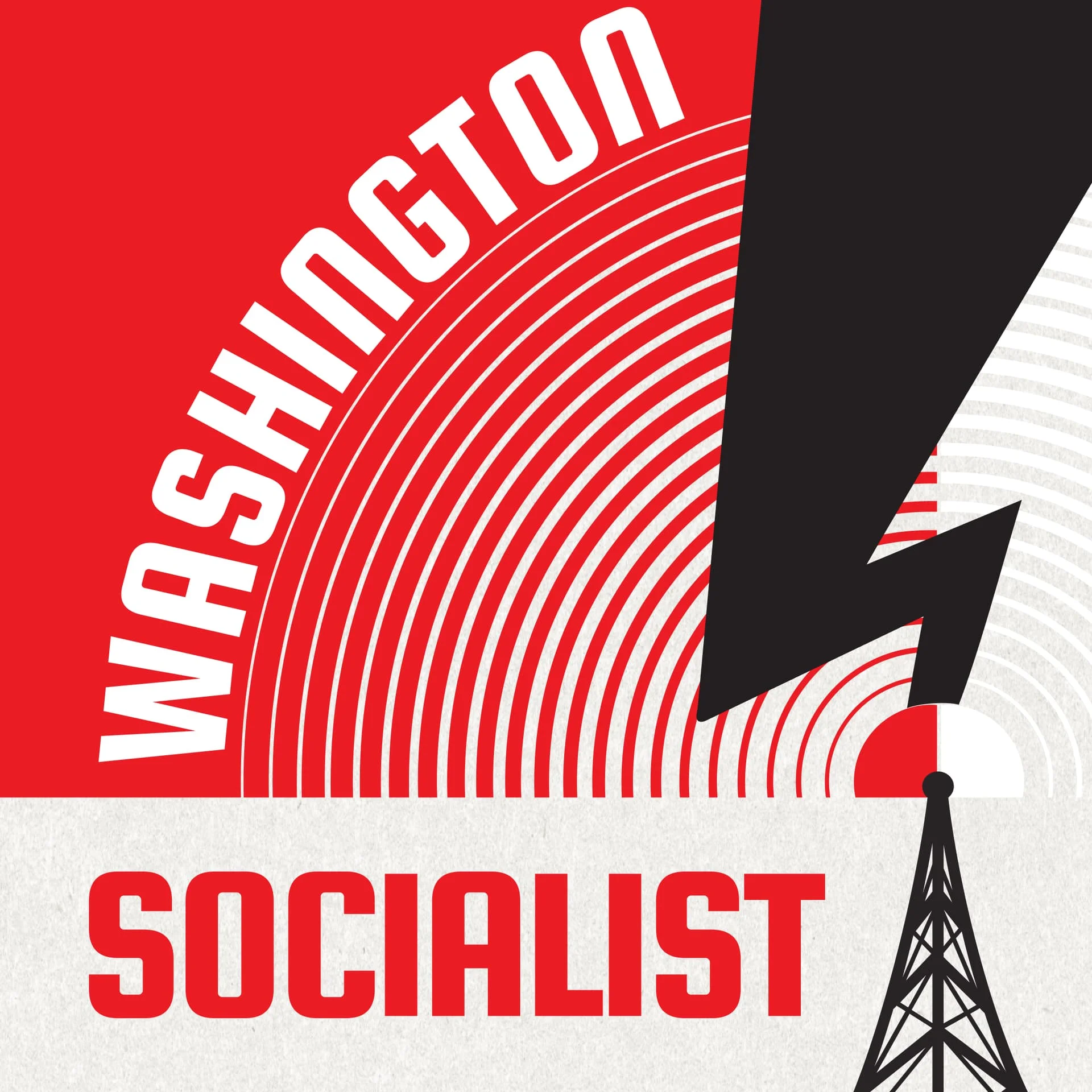

Pride Fest, Pride Parade and The Labor Parade
This was an exhausting weekend. Super hot too. But we made tons of new community connections at the all day Saturday Pride Festival, and our button making station was a big hit. We had a good playlist that we blasted from our PA during the Sunday Pride Parade, and for Labor Day we narrowed it down to three solid labor songs.
View fullsize
View fullsize

View fullsize

View fullsize

View fullsize

View fullsize

Sarah demonstrates our button making station. People could choose from our designs, or they could draw one of their own (popular with kids).


Swag Shop!
The good folks at Worx have put together a beginner swag shop for us. Worx is a union cooperative, and they offer print-on-demand custom branded swag, union printed with a bug. A beginner store is 3 items. We went for the t-shirt in both regular and femme cut, and the hoodie. They threw in a tote bag as well. Additional items will include a set-up fee, but the hosting is free. We make no profit from the swag, so it all goes to the workers. Click on the image to see the store.



A New Chapter in Accessibility: MDC DSA commits to hybrid GBMs


2023 DSA National Convention Retrospective: ‘The Point, However, Is to Change It'


Campaigns Council 2023 Midyear Report


Should the public trust approval voting?


What’s at stake in the Trump indictments


Book Review: American Midnight


200th Episode Celebration: The Future of DSA
Join us as we celebrate our 200th episode! We’ve been broadcasting on WBAI and online for almost five years and in that time, have featured the stories of hundreds of workers, tenants, and organizers fighting for socialism in New York City, in the United States, and around the globe. It’s a true honor and privilege to bring these stories to you, and we’re looking forward to what the future has in store!
For this week's show, we’re joined live by Honda Wang of DSA Labor. As a New York City delegate to the recent national DSA convention in Chicago, Honda will be sharing his analysis of the present and future of DSA and what’s next in the struggle for socialism. We also hear from Mac, Smitha, and Adam, three NYC-DSA members who were inspired by their work in DSA to start organizing for tenants’ rights in their own buildings and neighborhoods.
Take the DSA Labor Strike Ready pledge to support workers at the UAW Big 3: dsausa.us/UAWPledge
Donate to the DSA Labor Solidarity Fund: donate.laborsolidarity.com.
